Behind the headlines
The news yesterday was hard to miss: 1 in every 100 children apparently has autism, according to two new studies.
Autism’s core symptoms accompany a constellation of subtle signs that scientists are just beginning to unmask.
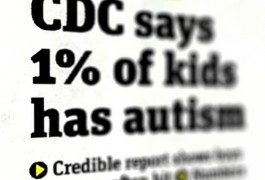
The news yesterday was hard to miss: 1 in every 100 children apparently has autism, according to two new studies.

Interested more in ideas than in dominating a crowded field, Michael Wigler decided to apply his expertise in cancer genetics to studying poorly understood features of autism.
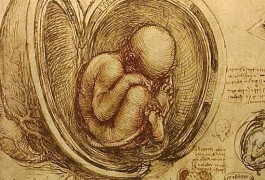
A team of British researchers has garnered some of the first genetic evidence supporting their theory that sex hormones play a role in the development of autism.

Children with autism are no more likely than healthy children to have some of the gastrointestinal symptoms — such as diarrhea, acid reflux and abdominal discomfort — previously tied to the disorder, according to one of the first long-term investigations of the supposed link.
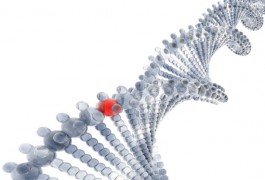
Studying the relatively well-defined genetics of Williams syndrome may help unravel the poorly understood genetic and neurobiological roots of autism, researchers say.
People with Asperger syndrome don’t automatically show ‘theory of mind’, the ability to understand the desires and beliefs of others, according to a report published 16 July in Science. Instead, they seem to use deliberate reasoning to understand social behaviors, learned after years of practice in the real world.
Watch the video
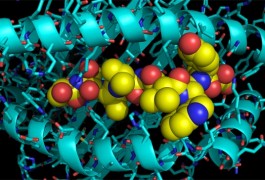
Several new genetic variants associated with schizophrenia lie in regions important for immune function and associated with autism. This suggests that both disorders stem partly from abnormal activation of the immune system, say some researchers.
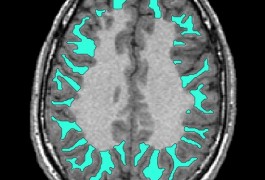
The brains of people with autism have structural abnormalities that disrupt normal connections between brain regions and impede the flow of information across the brain. That’s the conclusion of a 20-year-old theory supported by several new studies.
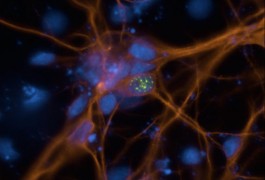
A common variant of a gene called CACNA1G — which makes a channel that helps regulate calcium flow between cells — may increase the risk of developing autism, according to research published in Molecular Psychiatry.
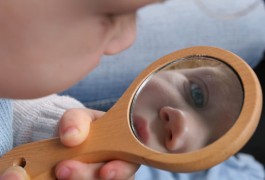
Studying a new type of mirror neuron may help researchers better understand the brain impairments underlying characteristic deficits of autism.